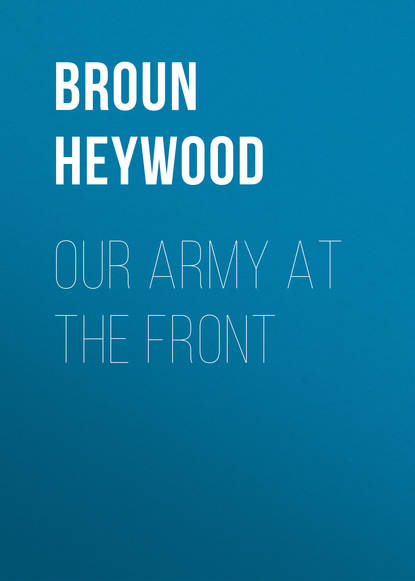По всем вопросам обращайтесь на: info@litportal.ru
(©) 2003-2024.
✖
Our Army at the Front
Настройки чтения
Размер шрифта
Высота строк
Поля
Three battalions were at work at this first training – two American and one French. As these learned their lessons, they were put forward to the next ones, and new troops began at the beginning. This plan was thoroughly organized at the very beginning, so that the later enormous influx of troops did not disrupt it, and as the first Americans came nearer to the perfection they were after, they were put back to leaven the raw troops as the French Blue Devils had done for the first of them.
The plan further meant that after the first few weeks, what with beginners in the First Division and newly arriving troops, the Vosges fields offered instruction at almost anything along the programme on any given day.
Over the whole camp, the aim of the French officers was to reproduce actual battle conditions as absolutely as possible, and to eliminate, within reason, any advantage that surprise might give to the Germans.
By the end of the first week in August, the best scholars among the trench-diggers and bombers were being shown how to clean out trenches with live grenades, and the machine-gunners and marksmen were getting good enough to be willing to bet their own money on their performances.
Then came the battalion problems, the proper use of grenades by men advancing in formations against a mythical enemy in intrenched positions.
From the beginning, the American Army refused to accept the theory that the war would never again get into the open. They trained in open warfare, and with a far greater zest – partly, of course, because it was the thing they knew already, though they found they had some things to unlearn.
Then the war brought about a reorganization of American army units, and it was necessary for the officers to familiarize themselves with new conditions. The reorganization was ordered early in August, and put into effect shortly afterward. The request from General Pershing that the administrative units of the infantry be altered to conform with European systems had in its favor the fact that it economized higher officers and regimental staffs, for at the same time that divisions were made smaller, regiments were made larger.
The new arrangement of the infantry called for a company of 250 enlisted men and 6 commissioned officers, instead of 100 men and 3 officers. Each company was then divided into 4 platoons, with a lieutenant in command. Each regiment was made up of 3 battalions of 4 companies each, supplemented by regimental headquarters and the supply and machine-gun organizations.









